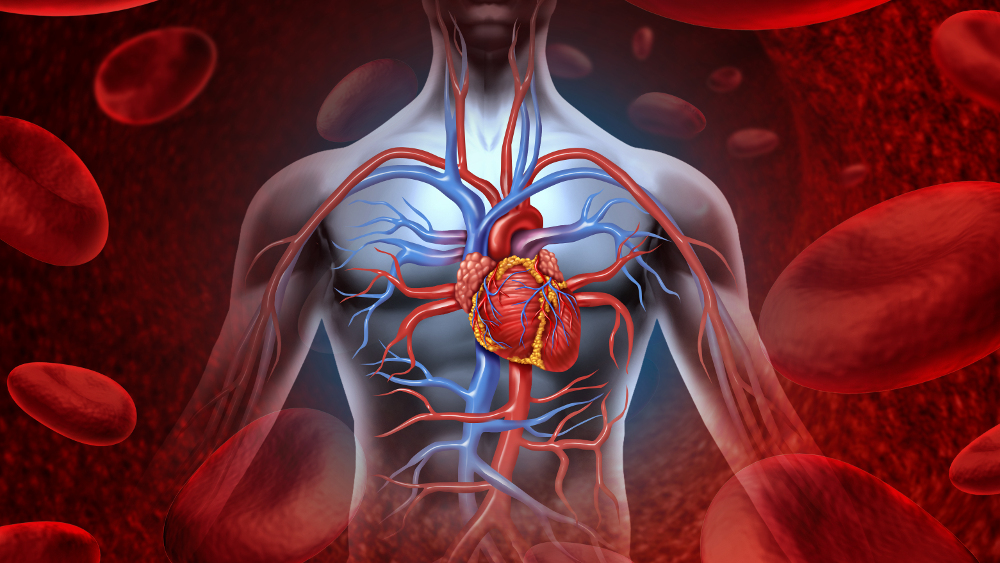
Blood routine testing in sepsis and AHF ahead
Pilot routine tests with the vasoactive biomarker bio-ADM confirm clinical test results. Medical leaders back actionable utility of the marker in medical decision-making in septic shock and congestive heart failure.
Bio-ADM, the first blood biomarker able to diagnose when blood vessels become leaky, is set to make a rapid carreer in intensive care units (ICUs) and emergency departments (EDs) at hospitals. Data from pilot, clinical routine testing presented at the second Scientific Symposium on Endothelial Disruption in Berlin impressively confirmed results from previous tests on 20,000 patients with acute heart failure (AHF) and severe sepsis. Medical leaders at the meeting confirmed that bio-ADM testing improves medical decision-making to prevent mortality, organ damage, and rehospitalisation resulting from endothelial dysfunction.
Rapid translation
Just one year before, key opinion leaders in the field of heart failure (AHF) and sepsis presented data supporting the new concept that elevated levels of the vasoactive peptide hormone adrenomedulin (ADM) indicate when blood vessels become leaky, and that such endothelial dysfunction precedes bad outcomes in congestive heart failure (AHF) and septic shock. Brand-new clinical data presented at the second Scientific Symposium on Endothelial Disruption in Berlin demonstrated that the first diagnostic test measuring the biologically active form of adrenomedullin (sphingotest® bio-ADM®, Sphingotec GmbH, Hennigsdorf) is on a promising path towards rapid translation to bedside. Key opinion leaders at the meeting confirmed actionable, clinical utility of bio-ADM testing in sepsis and AHF.
New data on pilot routine testing of bio-ADM in patients with sepsis suggests that the new diagnostic concept could enter broader routine testing very soon. Elevated blood levels of bio-ADM, measured routinely at admission, remained high, and were a strong predictor for mortality. Subsequent daily monitoring of bio-ADM levels identified the outcome and response to therapy in sepsis patients: if bio-ADM levels remained high or rose above the cut-off value of 70 pg/ml, the patients died. When bio-ADM levels dropped below the cut-off, the patients survived. Even when inflammation biomarkers such as PCT or CRP pointed to recovery, high bio-ADM levels were an independent predictor of bad outcome and non-response to therapy, the study leaders told European Biotechnology. This pointed to the need for those patients to receive immediate critical care. According to the physicians’. their medical interest was to generate data from clinical practice, which could be translated into therapy decisions. Routine tests with more patients, even in AHF, are already in planning stage.
Academic leaders in emergency medicine reported further progress regarding clinical utility with the biomarker of endothelial dysfunction. In septic shock patients, bio-ADM levels reflect the pathophysiological relaxation of vascular tone one to two days before clinical signs of shock appear, stressed Prof. Dr. Salvatore Di Somma, Head of Emergency Medicine (ED) at University La Sapienza, Rome. According to Di Somma, data from a multi-centre clinical trial on 1,000 sepsis patients (ALBIOS) admitted to the ED demonstrated that plasma bio-ADM levels increased with the severity of disease, correlating with the requirement for intensive care, such as immediate vasopressor therapy and a 28-day mortality rate. Di Somma confirmed that, serial measurement of bio-ADM may add important information to levels measured at admission. Almost 100% of sepsis patients with high bio-ADM levels at admission whose bio-ADM blood level dropped below 70 pg bio-ADM/ml blood for four days post-admission survived.
Medical utility in AHF
According to further data presented at the meeting, bio-ADM testing also reduced the time to diagnosis and treatment in the medically underserved area of congestive acute heart failure (AHF). Monitoring of this biomarker of endothelial dysfunction can inform clinical decision making, in order to reduce patients’ mortality, in-hospital length of stay, and rehospitalisation rate, stressed Di Somma, pointing to results in multi-centre studies that proved that bio-ADM levels identified patients with residual congestion before discharge – a main cause of mortality, kidney damage, and re-hospitalisaton for AHF patients.
The issue in heart failure is congestion, and thus, the identification of patients that require immediate diuretics therapy, explained heart failure biomarker and critical care expert Prof. Dr. Alexandre Mebazaa (Head AP-HP, Hôpital Lariboisière Paris), pointing to data from a meta-analysis of studies on 3,000 patients with acute heart failure (Am. J. Therapeutics: doi: 10.1097/MJT.0000000000000791) in which elevated bio-ADM levels at admission preceded the development of life-threatening pulmonary edema and/or interstitial edema. Data from Hans-Dirk Duengen proved that elevated/rising bio-ADM levels identified high-risk patients with worsening heart failure, requiring immediate diuretics therapy. He supported Di Somma’s view that bio-ADM monitoring might help to support discharge decisions in AHF by diagnosing residual congestion.
Targeting bio-ADM
Speaking in Berlin, Prof. Dr. Pierre François Laterre, of St Luc Hospital, Brussels, told European Biotechnology that bio-ADM testing definitely provides an added value to sepsis patients, as the biomarker determines the amount of vasopressors that sepsis patients need early in the process, and thus, helps to prevent bad outcomes. In AHF patients, bio-ADM was the first blood biomarker capable of diagnosing residual congestion prior to discharge for AHF patients that did not sufficiently respond to diuretics therapy, resulting in rehospitalisation, death, and kidney damage, he said.
Laterre added that the medical utility of diagnostic bio-ADM monitoring is set to improve in the future. A clinical Phase II trial assessing efficacy of adrecizumab (Adrenomed AG, Hennigsdorf, Germany), a therapeutic antibody targeting bio-ADM conducted by Laterre, will have Phase II read-out in patients with septic shock this year. The target is the reduction of mortality in 300 sepsis patients with bad prognosis, who were identified by a bio-ADM level above 70 pg /ml. This would qualify bio-ADM as a companion diagnostic to targeted antibody therapy resolving endothelial dysfunction
Adrecizumab binds adrenomedullin at its N-terminus and does not affect receptor-binding and subsequent cAMP signalling, which had been previously shown to support vascular integrity and block vascular leakage. Thus, Adrecizumab repairs endothelial dysfunction, providing a targeted therapy to improve outcomes, both in sepsis and also in AHF.
According to preclinical and Phase I data provided by Prof Tobias Schürholz (Unversity Rostock) and the group of Prof.Peter Pickkers (University Nijmegen), binding to adrecizumab additionally protects bio-ADM from proteolytic degradation, thus improving the half-life of the vasoactive peptide hormone in blood. A Phase II trial will start enrolment of 300 AHF patients this year, so as to evaluate the clinical safety and efficacy of adrecizumab in patients with AHF.
Experts, such as Dr Allan Jaffe from Mayo Clinic in Rochester or Prof Michael Bauer from University Jena, stressed that that as as a companion diagnostic bio-ADM would enable an optimal therapy choice both in sepsis as well as in patients with congestive heart failure.


 BIOCOM / aminul788 - Adobe Stock
BIOCOM / aminul788 - Adobe Stock Bayer Co.Lab
Bayer Co.Lab